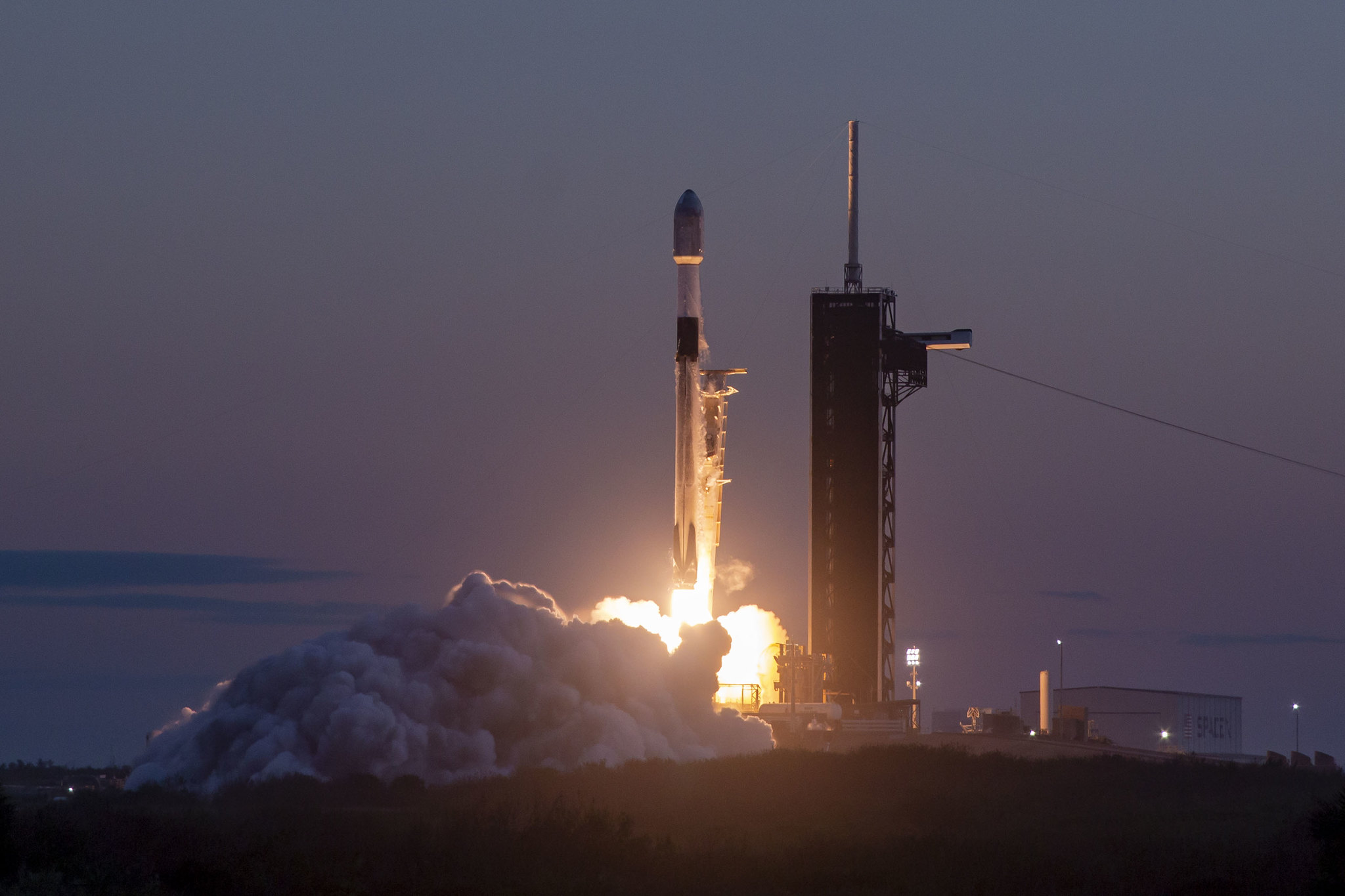‘We’re in this strange new period of constriction of launch’
WASHINGTON — The United States and Europe, at least in the immediate future, will be largely dependent on SpaceX for satellite launches and human spaceflight missions, creating a supply and demand imbalance that might not be sustainable, warned Casey Dreier, chief policy adviser for the Planetary Society, a nonprofit that promotes exploration of space.
“We’re in this strange new period of constriction of launch, not just because of Russia, but because of this transition period that we’ve been having,” Dreier said Dec. 13 on an online forum hosted by the Center for the Study of the Presidency & Congress.
A confluence of events has led to this, he noted, including Russia’s exit from the global launch market after the invasion of Ukraine — and the cancellation of previously planned Soyuz launches, and commercial companies taking longer than expected to transition to new launch vehicles.
United Launch Alliance for years has been planning to retire the Atlas 5 rocket which uses the Russian-made RD-180 engine, but its replacement, Vulcan Centaur, will not be ready for its first launch until some time in 2023. Blue Origin is developing New Glenn and it’s unclear when that vehicle will fly. Europe only has two Ariane 5 rockets remaining before it transitions to the long-delayed Ariane 6, also slated to debut in 2023.
The U.S. government has to face the prospect that until these new vehicles are available, there might be a period when it will only have access to a single provider, Dreier said.
“At the moment, it’s really just SpaceX. We’re down to a single provider for a vast portion of U.S. and even European launches,” he said. “So we’re at this weird chokepoint.”
“Fortunately, SpaceX happens to be this three-sigma outlier of a company that’s capable of launching 50 or maybe 60 times a year. But that’s not something that’s really resilient in the long run,” Dreier added.
A key takeaway from the Ukraine crisis has been the risks of supply chains. “Do you want to have just one provider of commercial satellite communications? Do you want to have just one provider of launch? Of course you don’t. And we’re seeing this chokepoint being revealed.”
Dreier’s comments follow similar warnings by ULA’s CEO Tory Bruno, who is advising the U.S. Space Force to preemptively buy heavy launch services as rockets could be in short supply over the next several years due to rising commercial demand.
“The scarcity environment is a big shift in our industry,” Bruno said.
Dreier said the current environment poses risks for the U.S. government’s access to launch. On the one hand, SpaceX “is just outpacing everyone else” and is showing no signs of slowing down. However, the government has to worry about alternative sources of supply. “And so how much does the government then prop up alternate commercial providers? … Then, is this at the end of the day really a commercial market?”
The Defense Department has been there before. Prior to the U.S. Air Force certifying SpaceX’s Falcon 9 for national security launches in 2015, ULA was the military’s only launch provider.
